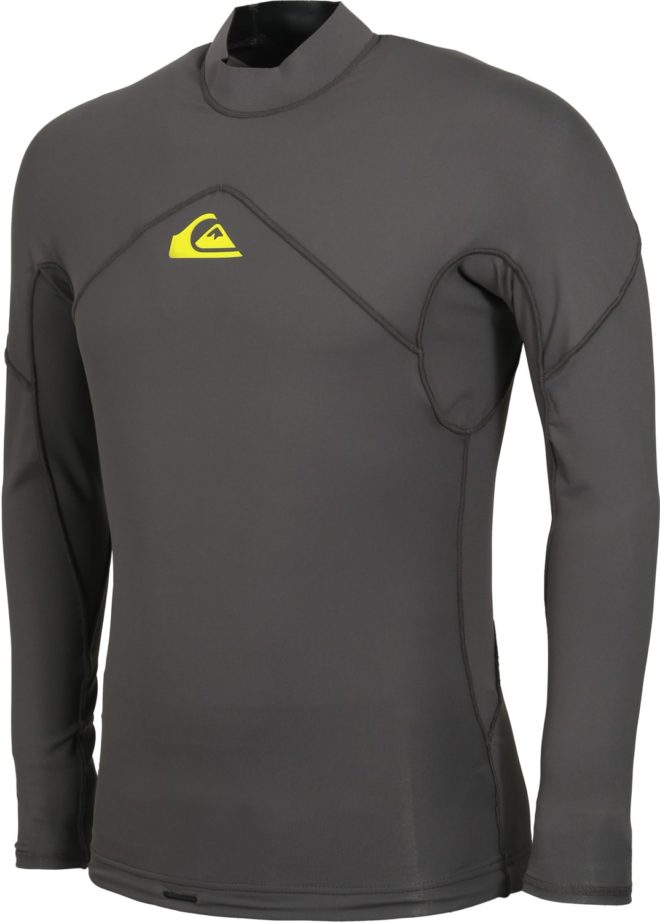Absolutely there is no way to talk underwater.

You can shout to make some voice but that wouldn’t be a “communication”. Creating attention and communication are not same things.
Although diving activity is such an activity that we need a serious way of communication, physical conditions are not allowing us to do that. However, divers always find a way to manage with the situation.
There are many reasons why we use our language to express the current situation. There can be an emergency or something else, which we have to reply back or acknowledge.
Silence
Nobody actually wants to break the silence during diving. You find your way in deep blue, surrounded by underwater beauties or pure blue. Most of the people are there, practically to be able to relax and calm down. So, the ways of communication should be precise, short and right to the point.
Warnings
Beauty of diving as a group brings safety. There will be always people watching your back and warning you against dangers, or checking your equipment status if they are working properly, such as checking your air pressure, deco time…etc.
Pointing
Your buddy may want to show you an interesting creature, something you have to see, or a direction you have to go. For these things, you have be able to communicate and exchange information with limited sources.
Ask for explanation
Of course, you shouldn’t proceed with every warning and instruction you have been given. Person who gives you information might be under influence of nitrogen narcosis. Person on this state can give misleading instructions. Therefore, you have to be sure and question the instructions by replying back.
Ask for immediate help
Underwater diseases and emergencies can cause the diving to end. When that time comes, we might not be able to terminate the diving on our own. On the other hand, for small problems can be solved with a little help from our buddy, we should be able to explain what problem is so they can work on that without terminating the dive unnecessarily.
Regular checks
On diving, regular checks are essential. Your instructor or your buddy checks you for your air left, sometimes for your buoyancy, navigation, and most importantly for your mental status. We have fixed gestures to ask these common questions and simple answers to reply them clearly. Because especially under this circumstances, not causing any confusion and giving manipulative respond is essential.
How to act under emergency situations
On group diving, in case of any emergency, it doesn’t mean that whole group should terminate the trip. However, since you have to follow the leader, figuring out when to proceed together or when to wait for instructions are essential.
Let’s see what they are;
- “Okay”
Before diving, every diver should make buddy check to each other.
We start with this signal from the beginning.


You will be asked with this gesture. If everything is satisfactory, you will reply back as same.
When you are waterborne, especially when you are jumping from a boat, first this to do is that you have to confirm for status. If everything is ok, this is the move you should do:

- “Emergency, Help”
In case of any problem, get your mask up to your forehead and hit your hand to create attention by splashing water.

- “Go down”
Meanwhile every team members are in position, instructor checks if everyone is “ok” and gets confirmation to proceed. After group can “go down” with instructor’s signal:


- “Come Here”
When divers in position, instructor can give the follow order to proceed after him. Also, for calling a person to a specific position, this signal can be used.

- “Stay (Stop)”
Moves should be clear and precise. To be able to stop a person , we need to give this signal clearly.

- “How much air left?”
It is very important question on diving. You have to check your air status regularly and report it to your instructor or your buddy. Your pair will align estimated time to spend underwater, according to your air left. Time to time your instructor can ask your air status with this signal.

- “Reserve, low air”
Low air defines that you have approximately 50 bar or less in your air bottles. In situation which you have low air in your bottles, you have to give this signal and inform them.


- “Ascent”
Don’t mix with exit, it is only a warning that you need to ascent a bit, preventing yourself going deeper, or hit to the bottom and disturb sea bed or getting apart from the leader. On group diving, you shouldn’t be deeper than the leader. Your instructor time to time might warn you to ascent a bit.

- “Something is wrong”
Divers can find themselves under some uncomfortable situations. Some of them can be fixed by the diver within sort notice. However, some requires help to overcome. For that, diver needs to ask for help. About the problem, diver need to be very precise.
There is a problem, but where?
 This hand gesture will follow the indication of the source of the problem.
This hand gesture will follow the indication of the source of the problem.
- Problem, in the ear (point out the ear)
- Problem, in the leg (like a cramp, or another problem, just point out the leg)
- Problem, breathing (point the out the chest)
- “Buddy Up”
It is very important that buddies should stay with each other. Once group starts separating, instructor can’t control the group order. If the instructor sees that buddies getting separated, he might warn by pointing them out and ask for them to be stick together.


In the next article, we will continue with the most important ones during trainings and how to indicate numbers, express air pressure quantity, some common misunderstandings and how to prevent them, also how to act during night dives.
See you in the next article!













 And compasses are usually worn to wrist, on the opposite side of the diving computer. Like this, you will be able to control both computer and your direction for safe navigation.
And compasses are usually worn to wrist, on the opposite side of the diving computer. Like this, you will be able to control both computer and your direction for safe navigation.


 Of course, it should be strictly watertight and having enough lumen to illuminate properly, which is approximately 2000lm and higher is suitable for a proper advantage. Closer to sunlight quality will give more pleasant experience, when you are able to see actual colors. Because, “light” is a tricky thing. Even a small unconformity on the device’s supply, colors will not be some as original.
Of course, it should be strictly watertight and having enough lumen to illuminate properly, which is approximately 2000lm and higher is suitable for a proper advantage. Closer to sunlight quality will give more pleasant experience, when you are able to see actual colors. Because, “light” is a tricky thing. Even a small unconformity on the device’s supply, colors will not be some as original.








 Here we go!
Here we go!












 Level 1 Supervised Diver – Again, It is considered that divers know the basics of diving and they supposed to be supervised by an instructor or they can dive with a group of advanced divers.
Level 1 Supervised Diver – Again, It is considered that divers know the basics of diving and they supposed to be supervised by an instructor or they can dive with a group of advanced divers.







